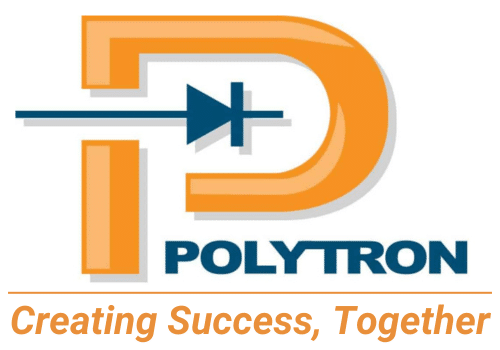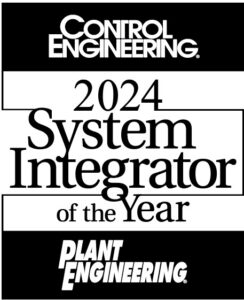Paper-based workflow processes for incident reports and management were outdated and labor-intensive causing inefficiencies for a global food manufacturer.
The obsolete process required completing taxing and time-consuming tasks to report poor product quality, injuries to plant personnel, safety violations, and downtime events.
To provide consistency and accuracy, workflows were converted from paper-based to automated, electronic processes. Using a web-based collaborative platform, the newly automated process ensures procedures are followed and appropriate personnel receives critical, timely reports. The new process facilitates quicker data-driven decision making and supports future expandability based on proven best practices.
Challenge |
Solution |
Results |
Outdated and labor-intensive paper-based workflows for incident reporting and management created inefficiencies across the company:
|
Engineer more efficient workflows using an existing collaborative platform system company-wide to support collaboration, information sharing and content management. | Increased visibility and access:
|
The Project

Outdated Paper-Based Workflow
Inefficient paper-based workflow processes were creating frustration for the plant manager at a global food manufacturer. The antiquated approach required completing unnecessarily taxing and time-consuming tasks for reporting and managing all incidents related to poor quality product, injury to plant personnel, safety violations, and equipment/line downtime events.
Drawbacks of Paper Records
The paper-based data banks and workflows irritated team members on multiple fronts:
- Only one person could work on the system at a time
- Occasionally master documents were lost or misplaced
- Hours of time and effort were required to organize and distribute the latest information to team members
- Remote access for updates was impossible
- Harvesting insights from the data required labor-intensive manual reviews of the paperwork
Bringing on a Partner to Help Re-engineer the Process
The Plant Manager lacked a way to better capture information in a format that would enhance his company’s ability to understand the information faster and to make quicker business decisions.
He also needed to determine the right tool for automating and implementing the processes with minimal disruption. The Plant Manager sought a partner with the expertise to successfully upgrade and digitize his current procedures.
Polytron was engaged and started by interviewing key stakeholders to determine what success would look like for each of them. Since a workflow solution can touch nearly every portion of a plant, including quality, operations, plant management, IT and others, this step was crucial to success.
Taking Advantage of Opportunities for Success
Simply converting paper processes to electronic ones would be missing a critical opportunity. Conversion is a good time to not only automate, but to streamline all related processes and update user requirements specifications (URS). Polytron used its technical expertise and documented the plant’s workflows to track and eliminate anomalies.
Leveraging Digital Workflow
The manufacturer already owned a software application for the design, distribution, filing, and submission of electronic forms containing structured data. The digital workflow is well suited to providing the company-wide infrastructure needed for collaboration, information sharing, and content management. Working with stakeholders, Polytron developed the functionality of digital workflow system to support the plant’s newly streamlined incident reporting workflows.
Results: Digital Workflow-based System Switch
Switching from a manual, paper-based system to an automated digital workflow-based system made it easier to manage workflows and track critical manufacturing events. The project streamlined the manufacturer’s processes and provided a system that is userfriendly with greater flexibility and functionality.
The system can be rolled out to other manufacturing sites, providing the company with a reusable system based on proven best practices. Corporate-wide visibility is now possible, since all of the manufacturing sites have adopted the same automated workflows.
Benefits of Digital Workflow-based Systems
The new system provides many additional benefits to the company:
- Automatically notifying appropriate personnel of an event
- Accountability for standard, step-by-step procedures
- Repeat occurrences are flagged
- Search capability of centrally stored information
- Centralized storage of all documents, pictures and other items
- Centralized listing of all events and current status
- Emails are automatically sent to personnel
- Traceability for all actions taken
- Infrastructure for future expandability
- Contact lists and files can be easily shared
- Security improved through user password protection and tracking
- Key data to improve operations and engage in lean initiatives is now more easily measured
- An opportunity to improve workflows company-wide
Collaborate Across Your Plant
Workflows exist in all aspects of a business. The processes you follow – whether in accounting, logistics, quality, maintenance or operations – can all be automated to provide consistency and accuracy.




